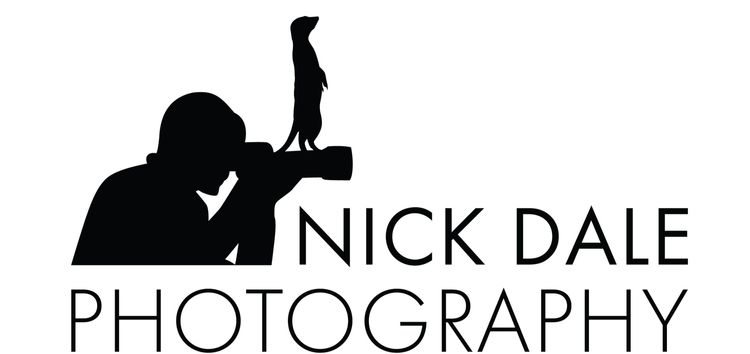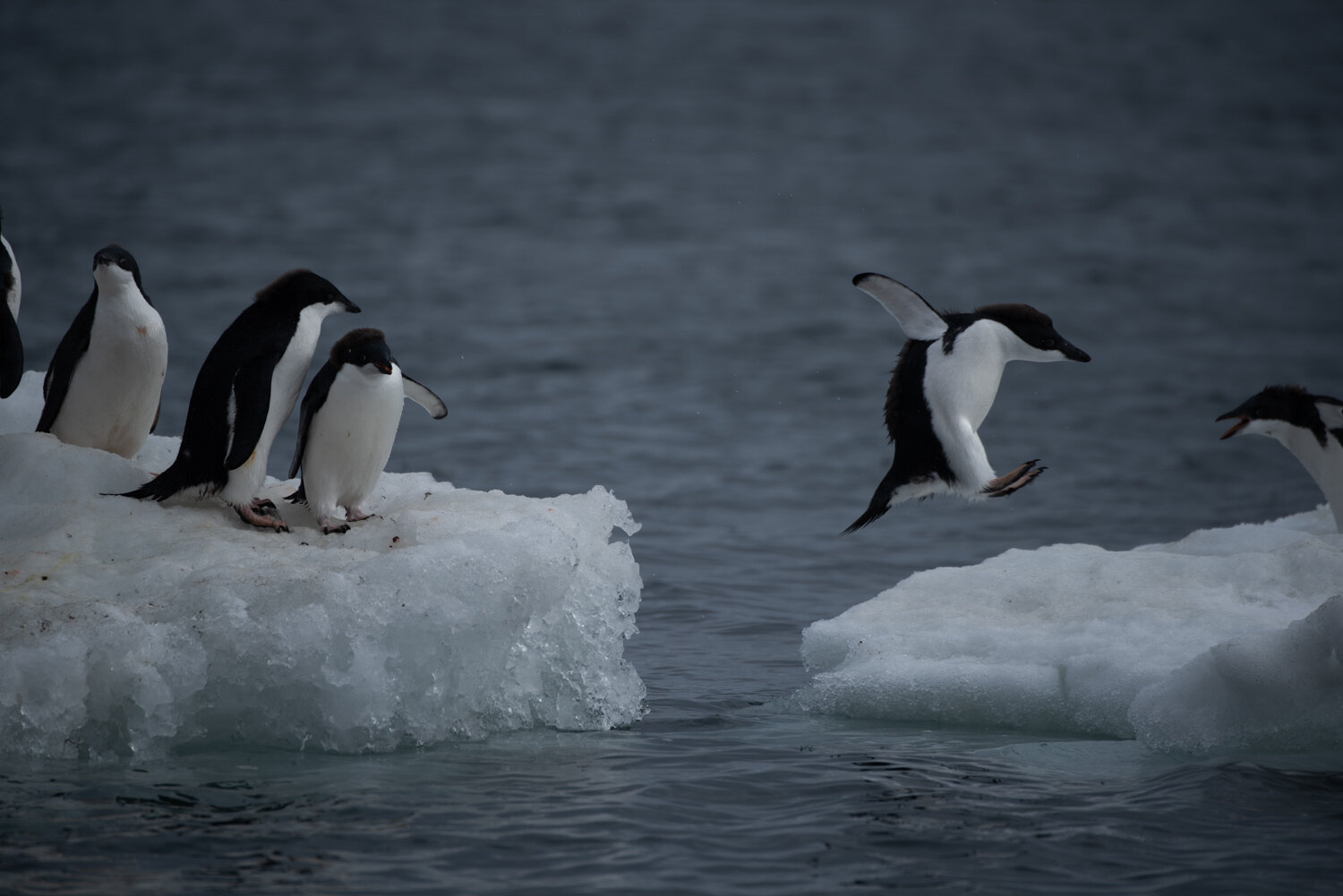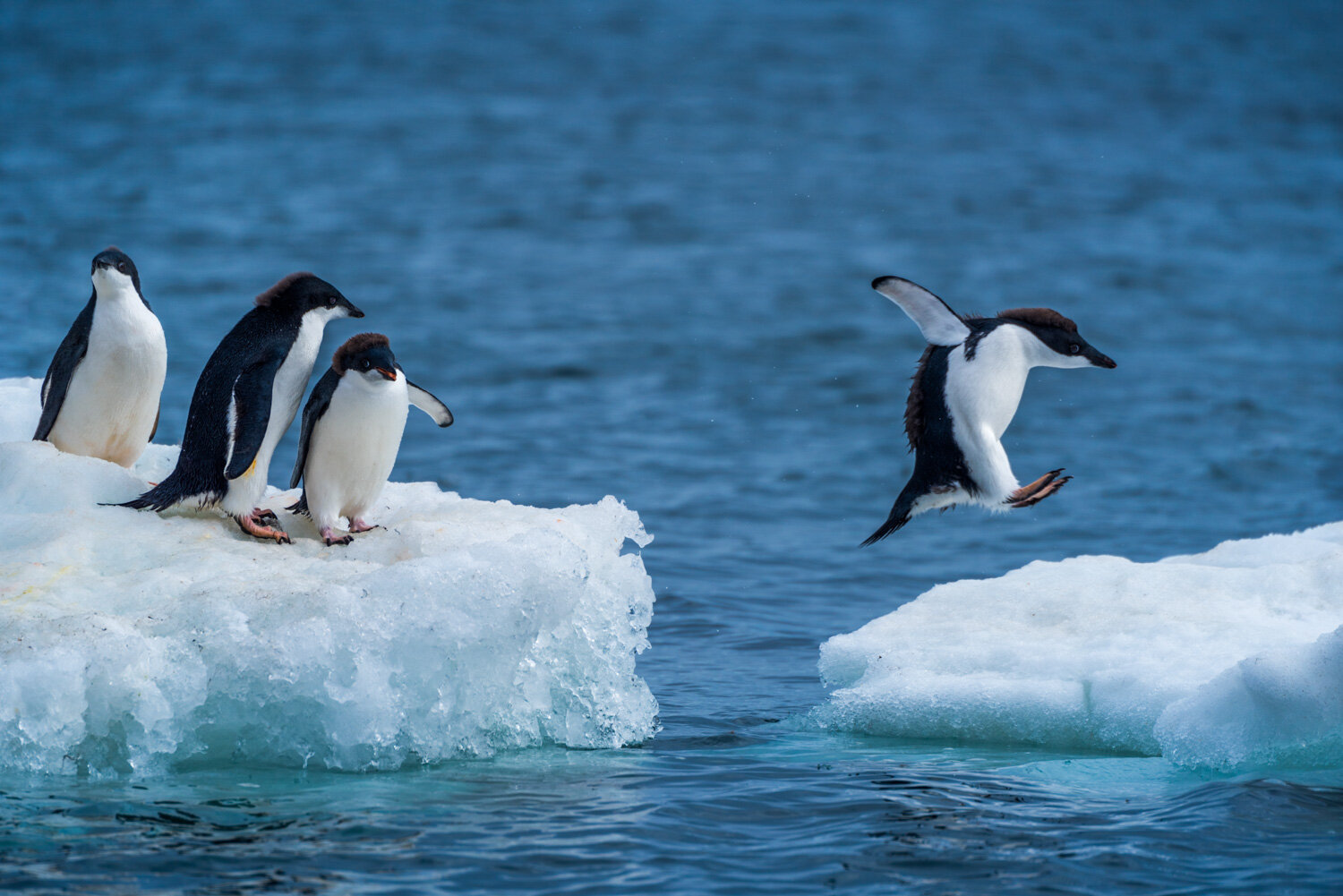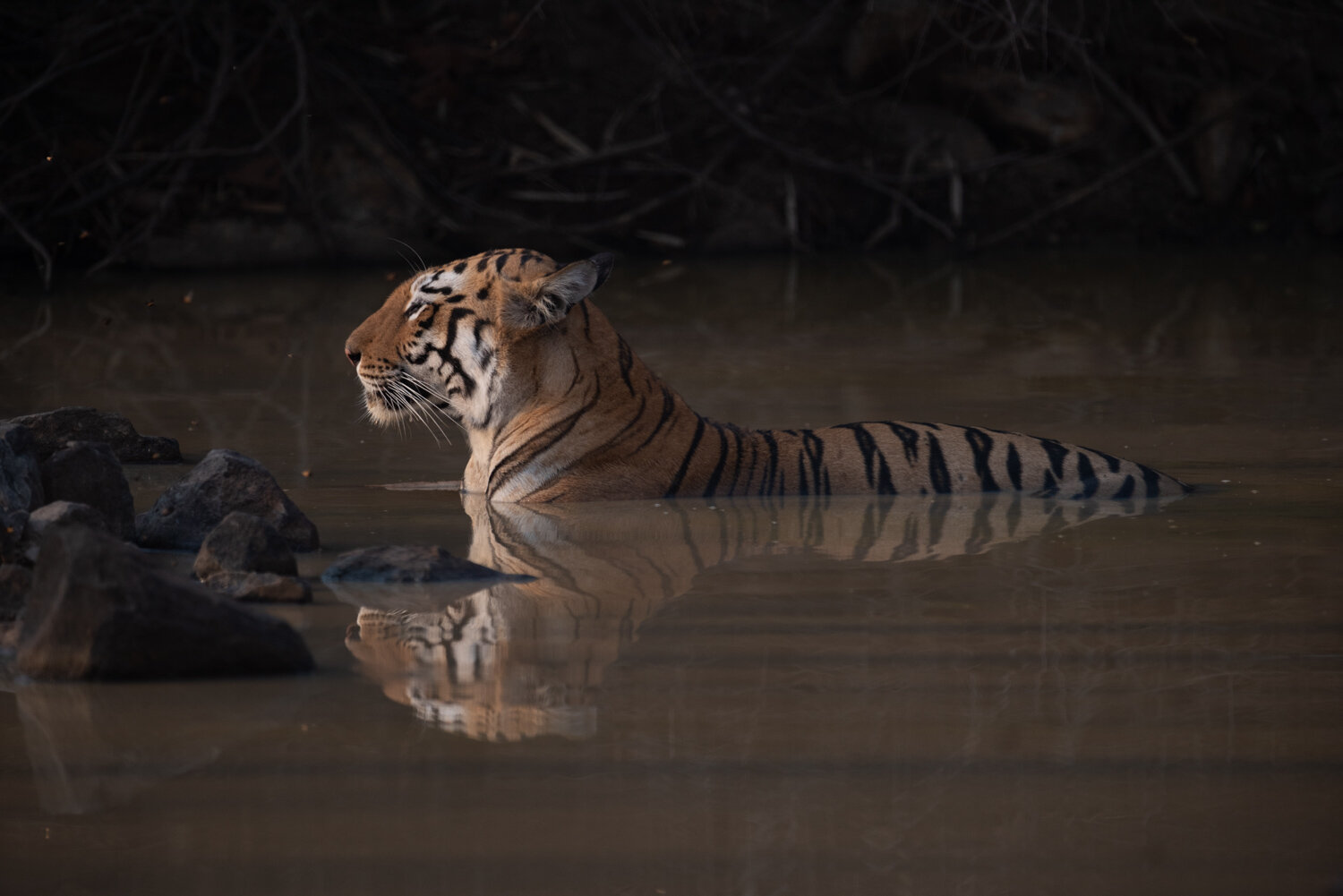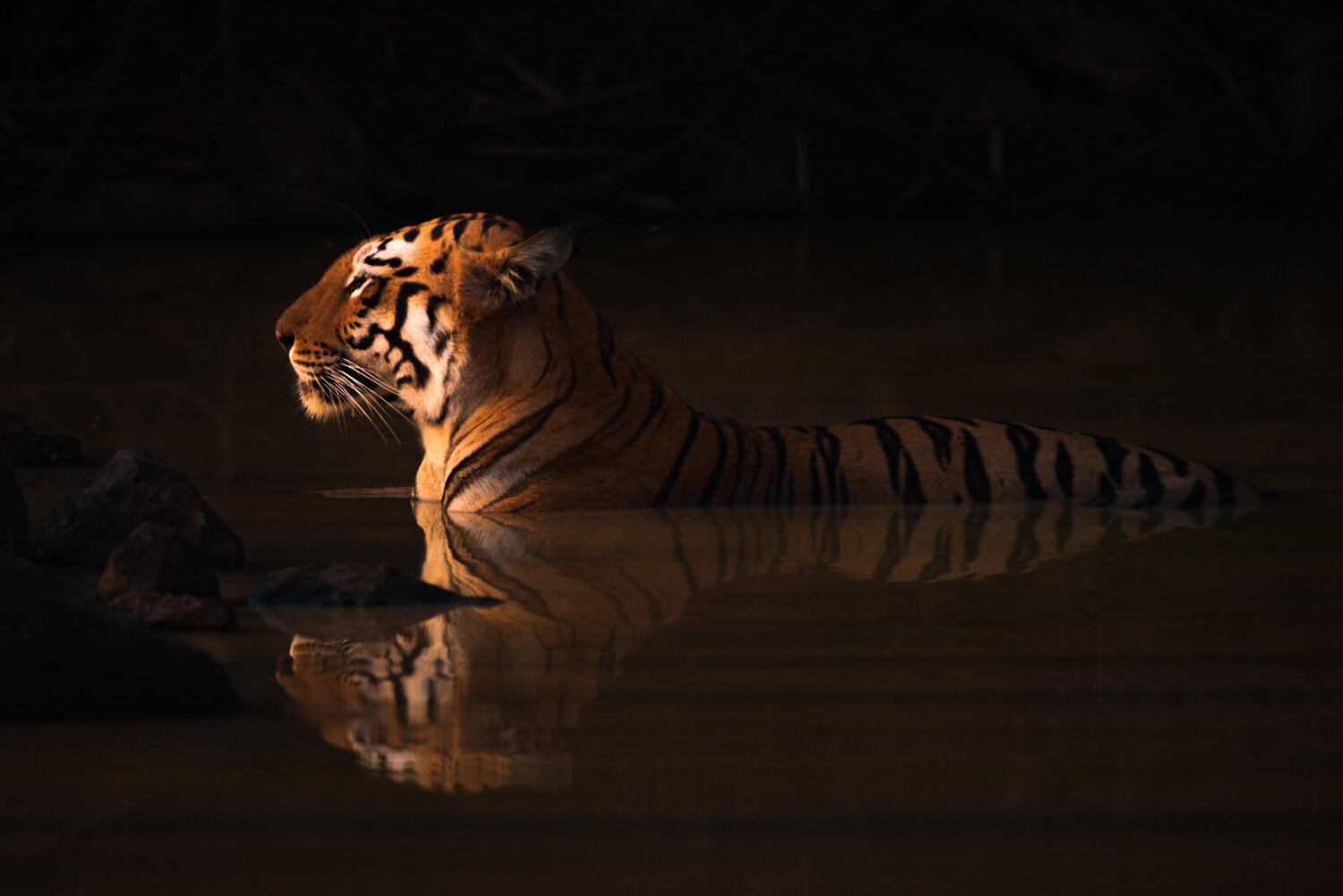This article was recently published as a guest post on Clipping Path Creative.
There are two main steps I go through to edit my images:
1. Rating and adding metadata
2. Preparing for upload to stock agencies
Rating and adding metadata
After a shoot, I like to finish editing all my images before I go out again, so that sometimes means 18-hour days if I’m on safari in Africa!
I usually go through a six-step process:
Import
Rate
Check
Process (including cropping and basic edits in the Tone panel)
Add metadata (including titles, keywords and geotags)
Export (4- and 5-star images only)
Import
I often take up to 1,000 pictures when I’m on a game drive, so time is of the essence when I’m trying to import them to my laptop. The method I use is based on an article I read a few months ago. It relies on the fact that all RAW files contain embedded previews and is designed to reduce import times by 90% (from 30 minutes to 3 minutes for 1,000 files) - so it’s worth trying!
Just to give you a clear picture of how it works in practice, here’s a step-by-step guide:
Attach cable to camera(s) and import files to a new folder on my Apple MacBook Pro laptop using Image Capture software.
Open Lightroom and ‘add’ them to my Lightroom catalogue using the Import dialogue screen (Command-Shift-I on the Mac)
Make sure the ‘Replace embedded previews with standard previews during idle time’ checkbox is NOT checked in Preferences/General.
Under Build Previews, select ‘Embedded & Sidecar’.
Do NOT check the Build Smart Previews box.
Finally, click the Import button.
Rate
Once my files are in Lightroom, I go to the relevant folder and do a ‘first pass’, rating any images that are worth selling either as three-star, four-star or five-star. (Any shots of people or places I want to keep for personal reasons I generally give just one or two stars.) I can do this simply by pressing the relevant number keys, so it’s really quick and easy to do.
Note that I don’t do anything for the files I don’t want. I simply leave them there until I’ve finally finished all my editing, and then I can select them using the Unrated filter in the Library module and delete them all in one go.
Lightroom’s performance has always been an issue for me, and even Adobe has made a lot of improvements, I recently had to buy myself a very expensive new laptop to avoid all the frustrating time I spent waiting for images to load!
That’s where this import method comes into its own.
It’s very quick, which means you I don’t have to go off and have a shower while the import process chugs away. However fast my computer is, it’s still worth trying all the possible tips and tricks so that it works faster.
However, this particular trick relies on rating pictures exclusively in the Library module, so I have to be careful not to start cropping or editing any images in Develop, or the CPU will get ‘distracted’ again and start slowing down…
Check
Once I’ve been through all the shots once, I filter out the unrated shots and look again at the ones that are three stars or better, pressing the 0 key to delete the rating for any duplicates or images I don’t feel quite make the cut.
I make just over a third of my photography income from selling my images through stock agencies, so the key question I’m asking myself when I’m rating them is “Would a stock agency accept this file?” Agencies reject pictures for many reasons, but the main ones I concentrate on are softness and duplication.
I’m a big fan of sharpness, and I have to be disciplined with myself if I see what I think is a great image that is just too soft where it matters – which is usually the eye of the bird or animal. Without the eye being sharp, I can’t sell the picture. However much it hurts…!
Duplication is another problem. I might take dozens of images of a cheetah sitting in the savannah. All the ones I rate three stars or above might be very good individually, but any decent stock agency might simply pick the best one or two and reject the rest on the basis that they were ‘too similar in content’. And that means I have to do the same. That’s a lot easier on a ‘second pass’ because I know by then how many sitting cheetahs I have, say, and it’s reasonably easy to see the close substitutes by looking at them all in grid view.
Process
When I’m on a shoot, I often have very little time to work on my images, and sometimes I just can’t face editing every single on in Lightroom, so sometimes I’ll leave it until later. I upload 100 images a week to my stock agencies, and I check them all in advance for problems such as sensor spots, black and white clipping or visible logos. That means it doesn’t matter too much if I don’t make each and every shot as perfect as I can on the day I took it. However, I usually make sure I’ve done a little basic work on all of them:
Cropping
Tone control
Sharpening
Vignetting
Cropping
Cropping is relatively easy to do by just pressing the R key and then X to toggle from portrait to landscape. (One quick way of cutting out around half the image is to press X twice. The first time, it switches aspect ratio, but the second time it switches back, and the image is cropped to about 50%. That saves me a lot of time…!)
Tone control
Most processing can be done in the Tone panel, but at this stage I usually simply press the Auto tone button and see what happens. Normally, it’s a good start, and I can always tweak the individual controls afterwards.
Sharpening
Adobe have recently changed Lightroom’s default settings, so sharpening is built-in for every image. That’s not very helpful for me as I like to sharpen ‘properly’ using Topaz Sharpen AI or DeNoise AI. All Lightroom does is alter the contrast, which isn’t really sharpening at all, so I apply a global preset to all my images to reset the Sharpening slider to zero.
Vignetting
Most wildlife images look better with a subtle vignette to darken the corners of the image and thereby emphasise the subject in the centre. I usually add a vignette using a preset to set the Post-Crop Vignetting Style to Highlight Priority and the Amount to -20. The only exception comes when there’s a lot of sky in the image. A vignette like that would just look weird, so I generally leave it out. If I’m working on one of my favourite images, I might use a radial filter to create the vignette. That creates a more gradual and less obvious effect, but it’s time-consuming, and creating a preset for it doesn’t work properly as it never quite ends up in the same place! One for Adobe to work on for the next Lightroom release…
Add metadata
This is the really time-consuming part of post-processing. Metadata is essential if you want to sell your photos via stock agencies, but it’s also very helpful if I want to filter my photographs, for instance by selecting just my pictures of elephants. Unfortunately, pictures of elephants don’t come with a note in the RAW file saying ‘This is an elephant’, so I have to add that information myself!
I populate all the basic fields in the Default metadata view:
File Name
Title
Caption
Copyright
Copyright Status
Creator
Sublocation
…And also a few IPTC fields:
Contact
Creator
Address
City
State / Province
Postal Code
Country / Region
Phone
E-Mail
Website
Content
Headline
City
State / Province
Country / Region
ISO Country Code
That may seem like an awful lot, but fortunately, it’s possible to set up a metadata preset for every shoot location, so I only have to enter the contact, copyright and location details once. I also create a location in the Maps module and copy all the images to it, which populates the GPS field automatically.
Naming each image is a massive job, but when it comes to the File Name, Title, Caption and Headline, I save myself time by keeping them all the same. There’s a Lightroom plugin by John Beardsworth called Search Replace Transfer, and it lets me copy one field to another for as many files as I like, which makes it a lifesaver! Admittedly, the free version only lets you change 10 files at a time, but the paid version is quite cheap, so it’s well worth the investment. All I need to do is name all my files by changing the File Name field and then simply copy that text to the Title, Caption and Headline. Goodness knows why Lightroom doesn’t allow basic word processing functions like that, but ‘there’s an app for that’, as they say…!
Keywords are a bit of a pain. Stock agencies want photographers to add anywhere between 10 and 50 keywords to every image, and that takes time. What I do is to make sure the File Name includes the name of the species (if it’s a wildlife shot), and I can then use a text filter to select all the elephant pictures, say, and use the spray can to ‘paint’ them all with the relevant Keyword Set for that species. I’ve set up Keyword Sets for all the species in my entire back catalogue, so it’s relatively easy to add half a dozen keywords in one go. I’ve also set up Keyword Sets for certain common behaviours or situations, so that helps, too. It’s important to remember all the possible synonyms, so my ‘Sunrise’ Set, for instance, contains ‘sunrise’, ‘sunup’, ‘dawn’ and ‘Golden Hour’. Again, I can simply select all the shots with ‘sunrise’ or ‘dawn’ in the title and add all the relevant keywords. Finally, there are an awful lot of keywords that are common to almost all the images I take in a particular location, so it’s relatively easy to add a whole list, such as ‘Africa’, ‘Kenya’, ‘Masai Mara’, ‘Maasai Mara’, ‘safari’, ‘savannah’, ‘wildlife’, ‘animals’, ‘Nature’, ‘travel’ and ‘no people’.
Export
I’m quite active on social media and enter quite a few competitions, so it’s handy for me to have copies of my best shots to upload to various places. That’s why I export my 4-star and 5-star images to folders on my hard drive for easy access. I also copy them to my iPhone so that I can easily show people my favourite shots. When it comes to the 3-star images, I simply leave them in RAW format until I need to upload my latest batch to the stock agencies.
Preparing for upload to stock agencies
Design Pics
I have an exclusive deal with a stock agency called Design Pics, and they generally get better prices for my work, so I give them first refusal on all my shots. As a result, I send them low-res versions of everything as soon as I get back from any of my photographic trips. It takes them a few weeks to decide on their ‘selects’, but they generally pick around 10-15% of the images I send them. I can then export them in the appropriate format and send them the hi-res images they need.
Every agency has different format requirements and naming conventions, so it’s important that I take them into account when I’m exporting my images. Design Pics likes the Headline field to read ‘NA’, for instance, so I have to use the Search Replace Transfer plugin to make sure that’s the case. They also don’t like either pure blacks or pure white in their images, so I’ve created a plugin to set their recommended values for the Tone Curve panel (-5 for Highlights and +5 for shadows). All that takes time, again, but presets make life much easier. When it comes to exporting files, I’ve set up export presets for just about every agency and organisation I’ve ever sent pictures to, so it’s usually just a case of clicking on the right name in the Export dialogue box and pressing the Export button.
Microstock agencies
Once Design Pics have chosen the images they want, I can send the rest to all my microstock agencies. ‘Microstock’ just means stock photos that are sold at much lower prices, so the standard rate I get from these agencies is only a few cents for each download. However, what they lack in value, they make up for in volume, so it’s still worth the effort.
At various points, I’ve used as many as 25 microstock agencies, but I’ve gradually whittled it down to a dozen based on sales performance:
I used to upload all my images in one go to all the microstock agencies, but my thinking now is that picture editors pretty much know what’s out there, so I imagine they sort the microstock databases by ‘newest first’, and that means it’s good to be a regular contributor!
As a result, I upload 100 files to these agencies every Saturday morning using FileZilla and their proprietary web upload forms.
It’s important for me to keep track of the status of all my files, so I keep a master spreadsheet called Photography.xlsx. That has the titles of all my files and records all sorts of details about them:
Rating
On sale flag
Batch number
Date of trip
Continent
Country
Headline
Title
Downloads
Microstock flag
Design Pics flag
Sales (prints, cards and postcards)
Stock (prints, cards and postcards)
Exhibitions
Online galleries
Competitions entered
Social media use (website, Instagram etc)
All that information might seem a tad excessive, but I love making lists, and it makes life an awful lot easier now that I have over 16,000 images on sale!
Anyway, here are the steps I go through (with explanations where necessary):
Delete previous week’s files from Latest Images folder
Open Excel
Open Photography.xlsx workbook
Sort image list by Title (ascending), Design Pics (ascending), Date (descending)
Add next sequential batch number to 100 files
Add flags to On Sale and Microstock columns [‘y’]
Copy first title in batch [to use in Lightroom]
Clear filters
Sort again by downloads
Close Excel
Open Lightroom
Sort folder by File Name (A-Z) and use Microstock filter [to exclude Design Pics files]
Search for first title in batch
Select 100 pictures
Check <=50 keywords in people shots and bird species present
Auto tone (and check shadows)
Check black and white clipping
Remove sharpening
Turn on Visualise Spots and remove logos, sensor spots etc
Copy titles to captions and headlines
Export files to Latest Images folder using Microstock preset [19,500K sRGB JPEGs with the filename taken from the Title field]
Close Lightroom
Open Topaz Sharpen and/or DeNoise AI
Use Sharpen/DeNoise as appropriate
Limit file size to 20MB afterwards using Lightroom Microstock preset again
Open FileZilla
Upload images to each agency (123RF, Adobe, Alamy, Bigstock, Depositphotos, Dreamstime, Shutterstock and PantherMedia)
Open Google Chrome
Open web upload pages for 500px, EyeEm, iStock, PIXTA
Upload images
Open FTP processing pages for 123RF and PantherMedia
Import 123RF and PantherMedia images
Submit files for all agencies (adding model releases, categories and locations)
Add to Shutterstock sets
And there you have it! That’s how I use Lightroom, Excel and Topaz Sharpen AI to facilitate my post-processing workflow. Feel free to share this post if you find it useful.
If you’d like to order a framed print of one of my wildlife photographs, please visit the Prints page.
If you’d like to book a lesson or order an online photography course, please visit my Lessons and Courses pages.
